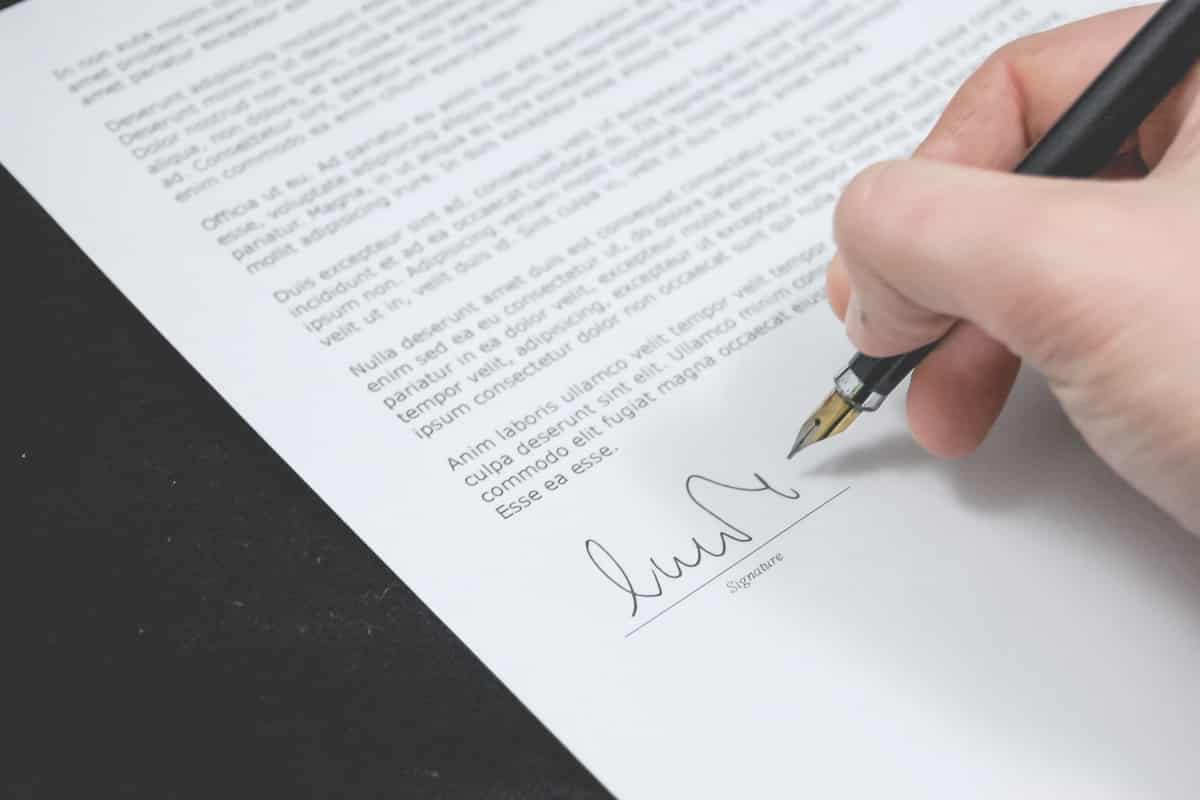Sydney-based consultant, working in trust and risk assurance, specialising in financial crime. Formerly Legal Intern at Lawpath.
A bill of exchange is a formal, written IOU. It will state that a sum of money must be paid to a certain person or party at a certain time or a later date. It must also be unconditional. The formal definition is found in the Bill of Exchange Act 1909 (Cth). Things can get a little complicated when looking at the details. Simply put, a bill of exchange is an instrument used to detail when payment is due on things bought on credit.
What Are Bills of Exchange For?
Bills of exchange are usually issued on credit. This means that a person will receive something now, but pay for it later. They are a great way for businesses and individuals to raise money in the short-term. Because it’s a lot easier to do things online, bills of exchange are not common anymore, but they are still valid. There are lots of different ways to raise money for your business other than a bill of exchange, however. If you’d like to learn more about how to raise capital for your business, check out our guide.
They are also sometimes used in international transactions involving different businesses and large amounts of money. These are known as trade bills. In this case, a business will sell goods to another party on credit. Prices can be negotiated and then a trade bill will be written and signed and money can be paid at a later date. They are essentially the same as a general bill of exchange but involve more complex business transactions.
What’s Required?
For a bill of exchange to be valid, a few things are needed:
- It must be in writing.
- All relevant parties must be named.
- It must be addressed from one party to another.
- A signature of the party giving it.
- The time at which money is owed must be specified. This can be either immediately or at a later date.
- The amount of money must be specified.

Get a free legal document when you sign up to Lawpath
Sign up for one of our legal plans or get started for free today.
Who’s Involved in the Bill of Exchange?
Opposed to other money instruments, bills of exchange will almost always involve three parties. These three parties have different names. The first is the drawer. A drawer is a person who writes up the bill. This is also the person that orders money to be paid. The second is the drawee. This is the person who is required to pay for the bill. The final party is the payee. The payee is the party that receives payment.
One of the most important elements of the bill of exchange is that it can bind third parties. And these parties are sometimes not even involved in the creation of the bill.
Keep in mind that the responsibility to pay rests entirely with the drawee. Relying on one party can be risky. All parties involved bear some risk. When a party does not pay on time or refused to pay what was agreed, the bill is said to have been dishonoured. If this happens it is always a good idea to discuss things with each party to resolve issues. If all else fails, legal advice should be sought so that all parties fulfil their responsibilities.
A Quick Example
This example involves made-up companies to illustrate how a bill of exchange works.
Tom’s Furniture Makers buys materials from Laura’s Wood Emporium for $50,000. Laura’s Wood Emporium receives her materials from Chris’ Wood Chopping and often agrees to pay her suppliers at a later date. She uses bills of exchange to do this. Laura’s Wood Emporium writes a formal bill of exchange for the sale. She becomes the drawer because she has written the bill. Since Laura is sending materials to Tom, Tom is the drawee and will pay the money to the party written on the bill. To pay debts to her suppliers, she asks that the money is paid to Chris’ Wood Chopping. She specifies in the bill that this amount should be paid within 30 days. Tom will send Chris the $50,000 within 30 days. Chris is, therefore, the payee.
Conclusion
Bills of exchange are a little old fashioned and have been replaced by things like credit cards in a lot of transactions. While they are old fashioned, they are still used in some contexts, so it’s important to know how they work. If you need advice in relation to drawing up a bill or understanding your responsibilities in one, it may best best to talk to a finance lawyer.

Get a fixed-fee quote from Australia's largest lawyer marketplace.






